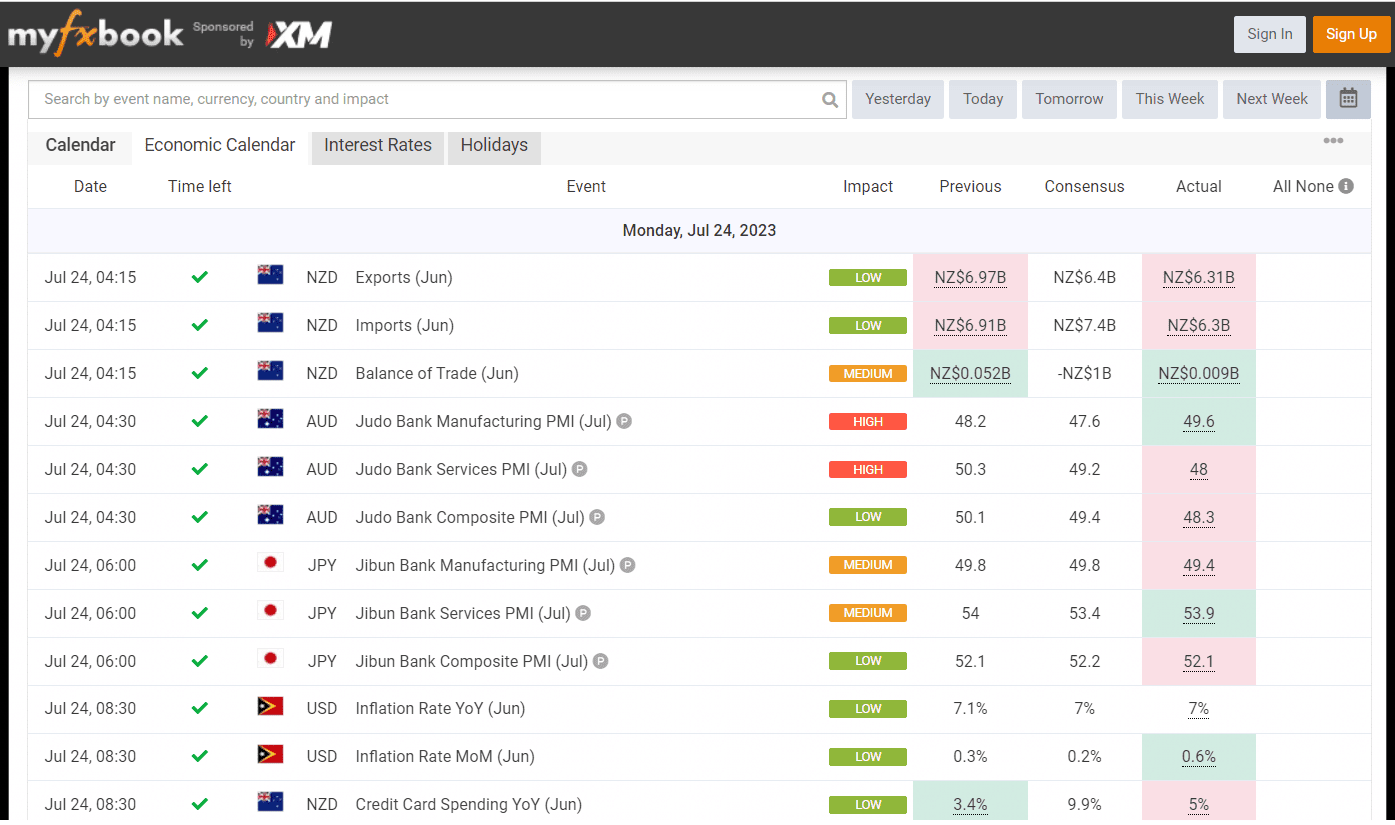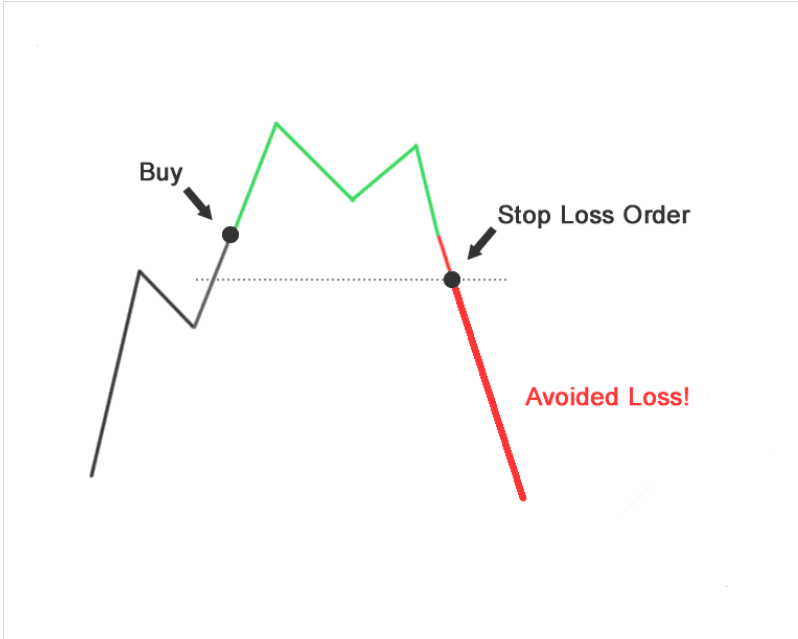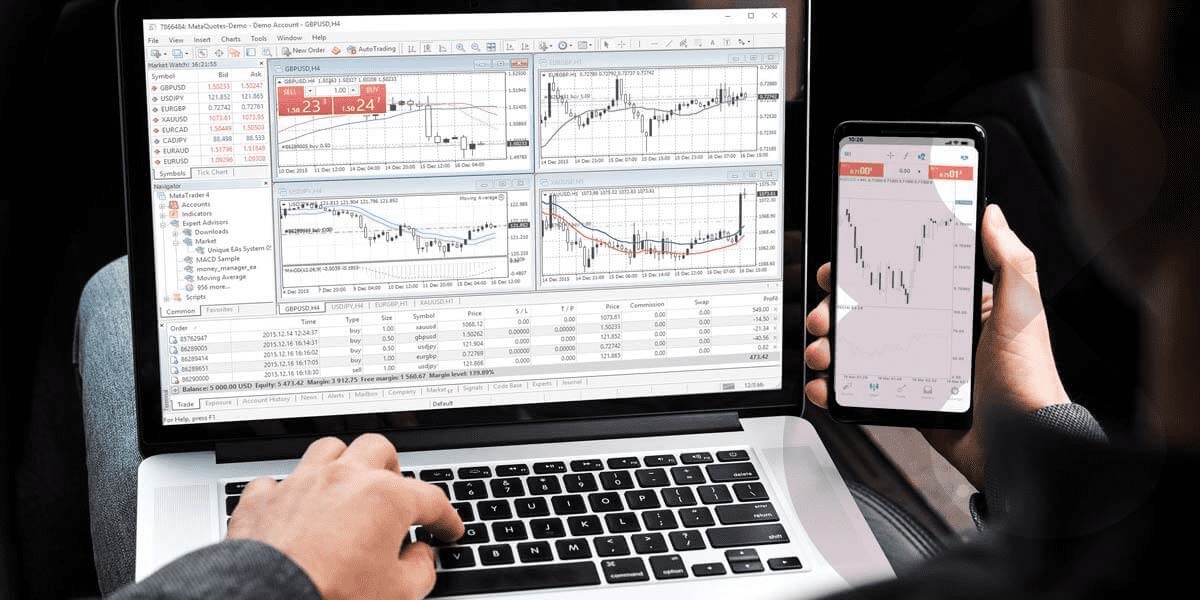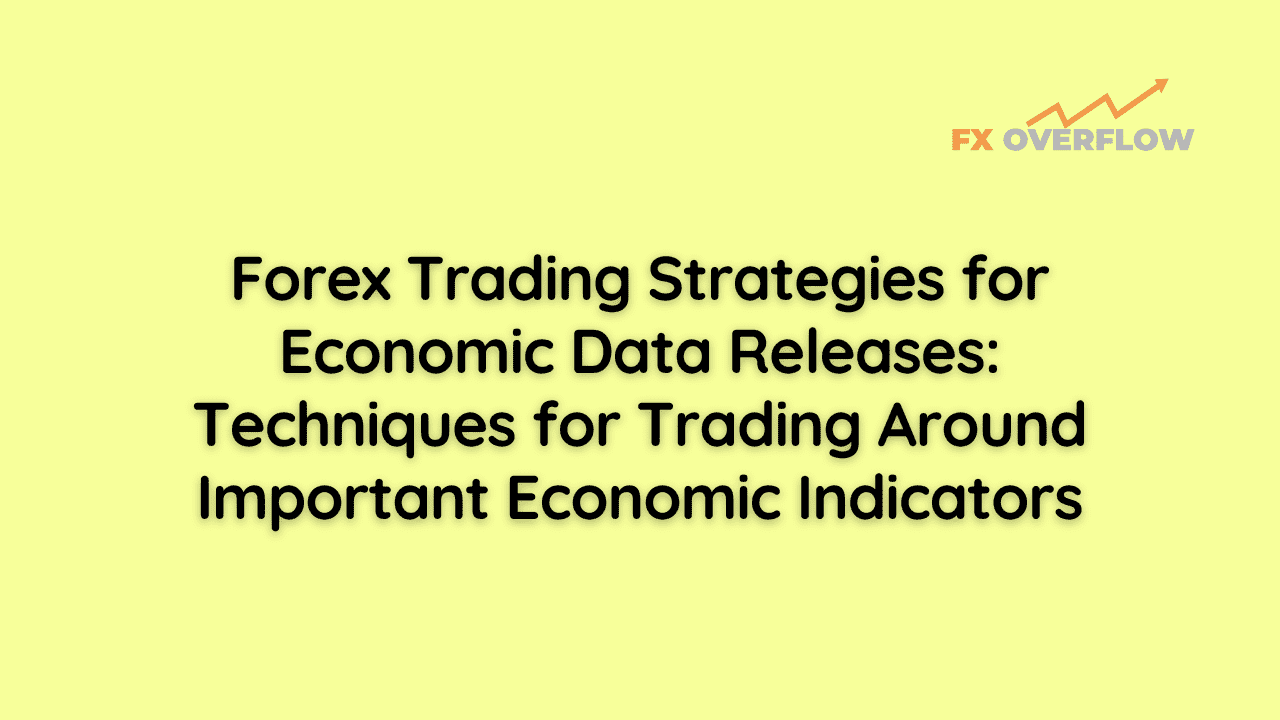Forex Trading Strategies for Economic Data Releases: Techniques for Trading Around Important Economic Indicators
In the world of forex trading, the ability to anticipate market movements is crucial for success. Economic data releases play a pivotal role in influencing currency values, making it essential for traders to develop effective strategies to navigate these events. In this article, we will explore techniques for trading around important economic indicators and offer insights into optimizing your forex trading strategies.

Sources from myfxbook
Table of Contents
1. Understanding Economic Data Releases
2. The Significance of Economic Indicators
3. Preparing for Economic Data Releases
4. Analyzing Historical Data
5. Key Economic Indicators in Forex Trading
6. Types of Trading Strategies
7. News Trading Strategy
8. Technical Analysis Strategy
9. Fundamental Analysis Strategy
10. Risk Management
11. Using Stop-Loss and Take-Profit Orders
12. Demo Trading
13. Common Mistakes to Avoid
14. FAQs
15. Footnote
Understanding Economic Data Releases
Economic data releases encompass a variety of reports and indicators that provide information about a country's economic performance. These reports include GDP growth, unemployment rates, inflation figures, and more. Traders use this data to gauge the overall health of an economy and anticipate potential market movements.
The Significance of Economic Indicators
Economic indicators serve as windows into a nation's economic health. They offer insights into trends, volatility, and potential shifts in currency values. Traders use these indicators to make informed decisions and adjust their trading strategies accordingly.
Preparing for Economic Data Releases
Effective preparation is key to trading around economic data releases. Stay informed about upcoming releases by referring to economic calendars and news sources. Plan your trades in advance and be ready to adapt quickly to unexpected outcomes.
Analyzing Historical Data
Studying historical data related to economic indicators can help you understand how markets have reacted in the past. This analysis aids in making more accurate predictions about potential market movements following data releases.
Key Economic Indicators in Forex Trading
Certain economic indicators hold significant importance in forex trading. These include Non-Farm Payrolls (NFP), Consumer Price Index (CPI), Gross Domestic Product (GDP), and Interest Rate Decisions. Understanding how these indicators impact currency values is crucial for developing effective trading strategies.
Types of Trading Strategies
Different traders utilize various strategies when trading around economic data releases. Three common strategies include news trading, technical analysis, and fundamental analysis.
News Trading Strategy
News traders focus on immediate market reactions following data releases. They aim to capitalize on short-term volatility by entering and exiting positions quickly. This strategy requires quick decision-making and a solid understanding of market sentiment.

Technical Analysis Strategy
Technical analysis involves studying price charts and patterns to predict future market movements. Traders using this strategy focus on historical price data and use technical indicators to identify potential entry and exit points.
Fundamental Analysis Strategy
Fundamental analysis involves assessing economic indicators, central bank policies, and geopolitical factors that influence currency values. Traders who employ this strategy take a longer-term view and consider the broader economic context.
Risk Management
Effective risk management is essential in forex trading. Determine the amount of capital you're willing to risk on each trade and stick to it. Utilize tools like position sizing, diversification, and risk-reward ratios to manage your exposure.
Using Stop-Loss and Take-Profit Orders
Stop-loss and take-profit orders are tools that help automate your trades. A stop-loss order minimizes potential losses by automatically closing a position at a predetermined price, while a take-profit order locks in profits when the market reaches a specific level.

Demo Trading
Before implementing your strategies in a live trading environment, consider practicing on a demo account. Demo trading allows you to test your strategies without risking real money, helping you refine your approach.

Common Mistakes to Avoid
Avoiding common trading mistakes is crucial for success. These mistakes include overtrading, ignoring risk management, chasing losses, and failing to adapt to changing market conditions.
FAQs
Q: What is the Non-Farm Payrolls (NFP) indicator?
A: The NFP is a monthly report released by the U.S. Bureau of Labor Statistics. It provides data about the number of non-farm jobs added in the previous month, offering insights into the health of the job market.
Q: How does inflation affect forex trading?
A: Inflation erodes purchasing power, which can lead to changes in consumer spending and economic growth. Higher inflation may prompt central banks to adjust interest rates, impacting currency values.
Q: What is technical analysis?
A: Technical analysis involves studying price charts, patterns, and indicators to forecast future price movements. Traders using this approach believe that historical price data can predict future trends.
Q: How do I manage risk in forex trading?
A: Risk management involves setting a predetermined amount of capital to risk on each trade. Tools like stop-loss and take-profit orders can help limit potential losses.
Q: What is the difference between fundamental and technical analysis?
A: Fundamental analysis focuses on economic indicators, central bank policies, and geopolitical factors. Technical analysis relies on historical price data and patterns to predict market movements.
Q: Why is demo trading important?
A: Demo trading allows you to practice trading strategies without risking real money. It's a valuable tool for refining your approach and gaining confidence before trading live.
Q: What are some common trading mistakes to avoid?
A: Common trading mistakes include overtrading, neglecting risk management, chasing losses, and failing to adapt to changing market conditions.
Q: How can I stay informed about economic data releases?
A: Use economic calendars and news sources to stay updated about upcoming data releases. Planning your trades ahead of time can help you react effectively.
Q: What is a take-profit order?
A: A take-profit order is a predetermined instruction to close a trade when the market reaches a specific favorable price, locking in profits.
Q: How do central bank decisions impact forex trading?
A: Central banks set interest rates and implement policies that influence currency values. Decisions like interest rate changes can lead to significant market movements.
Footnote
Navigating the world of forex trading during economic data releases requires a solid understanding of market dynamics and effective trading strategies. By analyzing historical data, employing different trading approaches, and practicing prudent risk management, traders can enhance their ability to profit from these high-impact events. Stay informed, be adaptable, and always continue learning to excel in forex trading.











Discussion